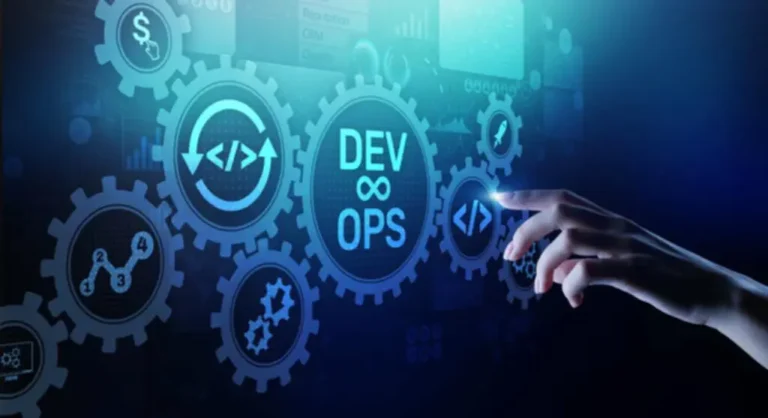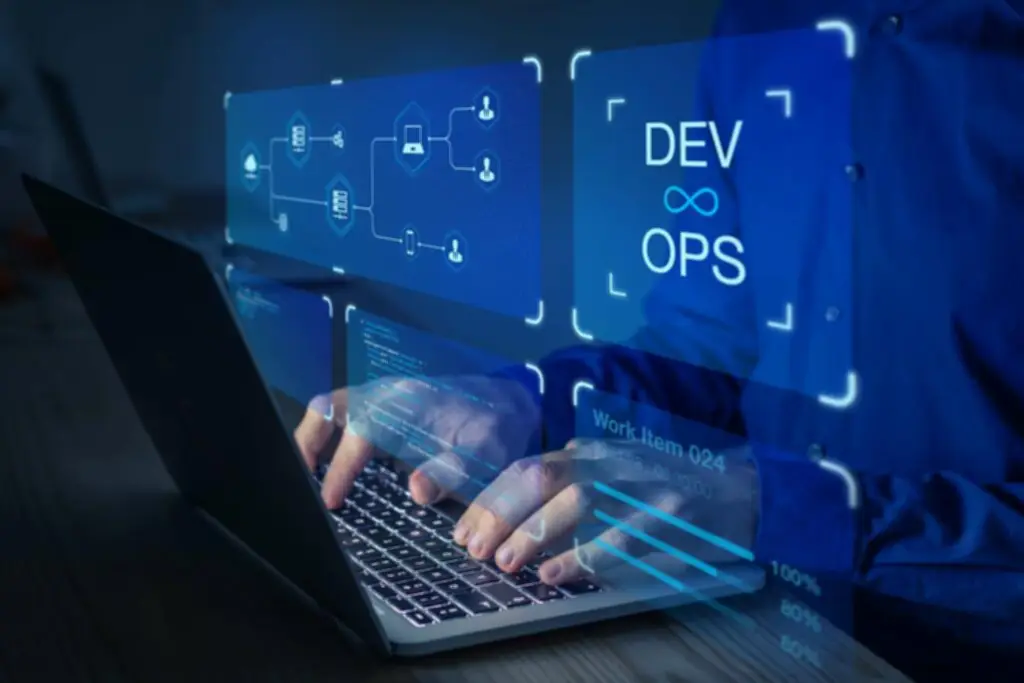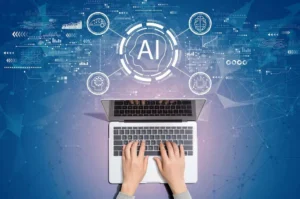DevOps Engineering Predictions in 2022

DevOps is one of the fastest-growing and revolutionary trends in technology. Every modern company uses the software and must quickly deliver new features and products and remember security and management to stay on the market. The DevOps principles and operations teams make software development flexible, error-free, and fast. Their influence on software is relatively strong.
Microservices development and cloud technologies, hybrid cloud, robotic automation, IaC, artificial intelligence (AI), DevSecOps, and modern ways to debug and monitor CI / CD pipelines have received momentum for the future. DevOps collaboration principles have enabled software companies to survive the problematic COVID-19 pandemic.
The future is difficult to predict, but it is possible to foresee some 2022 DevOps engineering trends.
DevOps Engineer Jobs Expand
Large businesses adopt DevOps principles, and there are more engineers’ career opportunities. As DevOps adoption grows, the demand for people with the proper skills increases significantly.
The DevOps Institute’s Enterprise Skills Upskills 2021 research showed that DevOps teams are essential to a successful company and are critical to current IT and business operations.
Engineers’ demand hit a record in 2021 during the pandemic, and there is no sign that it will drop in 2022. Especially with the required engineering skills like:
- automation;
- collaboration;
- technical;
- functional skills, etc.
SaaS startups, advanced tools like AI/ML, and automation become essential features of a growing business as trends for the software development tools for process automating emerge. Companies need to invest in training programs to provide engineers with guidance and career opportunities and embed culture and innovation.

We are confident that we have what it takes to help you get your platform from the idea throughout design and development phases, all the way to successful deployment in a production environment!
Demand for Distributed Cloud Environments
Distributed cloud networks are becoming extremely popular in recent years. They increase efficiency and responsive service applications provisioning while complying with local government regulations. A distributed cloud environment hosts back-end services on cloud networks in different geographic locations, offering a single monitoring and managing dashboard to the entire infrastructure in a single cloud deployment.
The service provides:
- high fault tolerance;
- data loss prevention;
- service outages.
Edge computing is an extension of distributed cloud networks. Applications continue to work even if servers in the same region fail. Users get 99.99% uptime.
Distributed clouds offer excellent benefits to all industries. Autonomous vehicles can track and process onboard sensor data, sending engine and traffic data to a central cloud. OTT platforms use “intelligent caching,” whereby content in multiple formats caches on different CDNs and transcoding tasks performed in a central cloud. A newly released popular series can be seamlessly streamed to various mobile devices in the same region in real-time.

Hybrid Cloud Environments Usage
As more companies adopt cloud infrastructure, they need to manage their servers on-premises. Many companies see the need for a hybrid strategy that combines on-premise infrastructure with public cloud infrastructure.
Most businesses mix private and public services. The best way to ensure data protection is a hybrid cloud deployment that streamlines operations and benefits from public and private ones.
With a hybrid deployment, it’s easy to move workloads from one type to another. If there are problems with one kind, there is a possibility to switch quickly to another. This flexibility scales up or down and allows adjustment to growth or changes in demand. This makes it easier to control the business workflow using the best available features.
There is no restriction on choosing a specific type of cloud. Businesses can use various kinds to maximize the impact of data protection. Thus, companies can combine traditional private and public clouds with low prices and new technologies like AWS, Azure, or GCP.
Managing Serverless Architecture
Serverless architecture is a cloud-based architectural pattern allowing organizations to build and run applications without provisioning and managing server resources in the infrastructure. The service provider allocates and manages server and machine resources on demand.
Serverless architecture accelerates innovation. Engineers can deploy applications faster and better, decompose and observe them as event-based independent services. Businesses decrease costs and focus on UX improvement.
Some serverless trends are gaining popularity as the implementation does not require a complex infrastructure to deploy and run microservice applications. Here are some of them.
- Function as a Service (FaaS) is based on serverless architecture.
- Hybrid and multi-cloud deployments provide increased performance and cut down costs.
- Kubernetes helps organizations run applications wherever Kubernetes runs, simplify developers and operations teams, and provide proven solutions based on a serverless model.
- IoT delivers high scalability, faster time to market, lower overhead and operational costs in data-driven environments, and changes data protection in serverless environments.
DevSecOps Expansion
Security breaches are going to increase during the following year. Developers are aware of critical IT-security issues and will integrate DevSecOps to solve them in 2022.
Many high-profile security breaches were made, indicating negligence and poor security policy, the lack of professional security specialists, and the rapid technology development in recent years.
DevSecOps is a DevOps engineering pattern that makes security a shared responsibility throughout an application’s lifecycle. Previously an isolated team handled security at the final product development stage. Now, as applications are deployed in smaller cycles, DevSecOps integrates security and compliance into the CI/CD pipeline and makes it everyone’s responsibility. More focus will be on shifting security to the CI/CD pipeline.
DevSecOps increases automation and policy-based security protocols as QA teams perform automated testing to ensure effective remediation of vulnerabilities and security non-compliance throughout the product lifecycle.
Security threats are a significant risk to software development and enterprise infrastructure. Cybersecurity is not just only firewalls and secure networks. Keep your pipelines, secrets, environments, and clusters safe and secure with minimal privilege access, role-based access, and more.
AI and ML Adoption
Artificial intelligence (AI) and machine learning (ML) algorithms are popular and essential. Organizations generate massive amounts of data daily, and traditional analytics solutions are inefficient when processing them in real-time. AI and ML data engineers typically work outside of version control systems. Now CI/CD and automatic infrastructure provisioning also apply to AIOps and MLOps. It is possible to create versions of your algorithms and determine how changes evolve and affect the environment. In case of an error, it is possible to revert to the previous version.
Robots can automatically generate code without human intervention. AI automates security, quality checks, and bug fixes. Besides, it is expected to solve more complex problems.
Machine learning is used in continuous delivery for pipeline fixing.
AI and ML are helping DevOps engineering teams work faster. They can inject multiple test suites into a CI/CD pipeline and iterate to find bugs, uncover anti-patterns, and discover unique insights with machine learning. But all AI and ML benefits are adopted slowly by the industry.
Increasing Popularity of Infrastructure as Code (IaC)
Infrastructure as code (IaC) can become mainstream in 2022. It is an IT infrastructure managing method that uses configuration files. Cloud architecture is becoming increasingly popular. IaC allows organizations to easily automate the provisioning and management of IT resources defining the runtime infrastructure in machine-readable files.
IaC may:
- provide scalable, repeatable, and transparent management methods;
- submit installation and configuration consistency;
- improve performance;
- minimize human error;
- improve work efficiency;
- optimize costs.
GitOps uses an IaC template and Git version control system, efficiently managing the underlying infrastructure and Kubernetes instances.
IaC enhances the DevOps culture by blurring the lines between Dev and Ops through increased collaboration. IaC helps teams quickly manage infrastructure and benefits the developer experience by reducing repetitive tasks. In 2022, teams will actively implement IaC, which will become their standard.
Conclusion
Companies are searching for technological advances to enable their teams to innovate and keep customers and partners happy. In any case, the need for DevOps engineers continues. All of these trends:
- distributed and hybrid cloud adoption;
- artificial intelligence, machine learning, and automation;
- cloud development;
- Serverless architecture;
- DevOps Security;
- IaC.
Significantly impact the software industry. DevOps methodologies continue to evolve, and developers and DevOps specialists need to be aware of what is happening in this area.
Top Articles
The Boundaries of Artificial Intelligence: 7 Limitations of AI
I am here to help you!
Explore the possibility to hire a dedicated R&D team that helps your company to scale product development.






